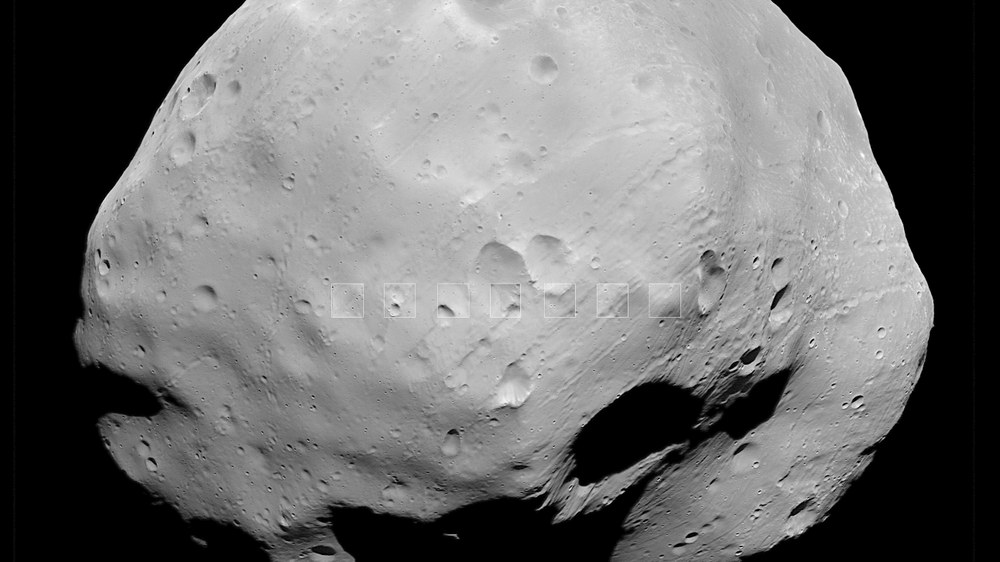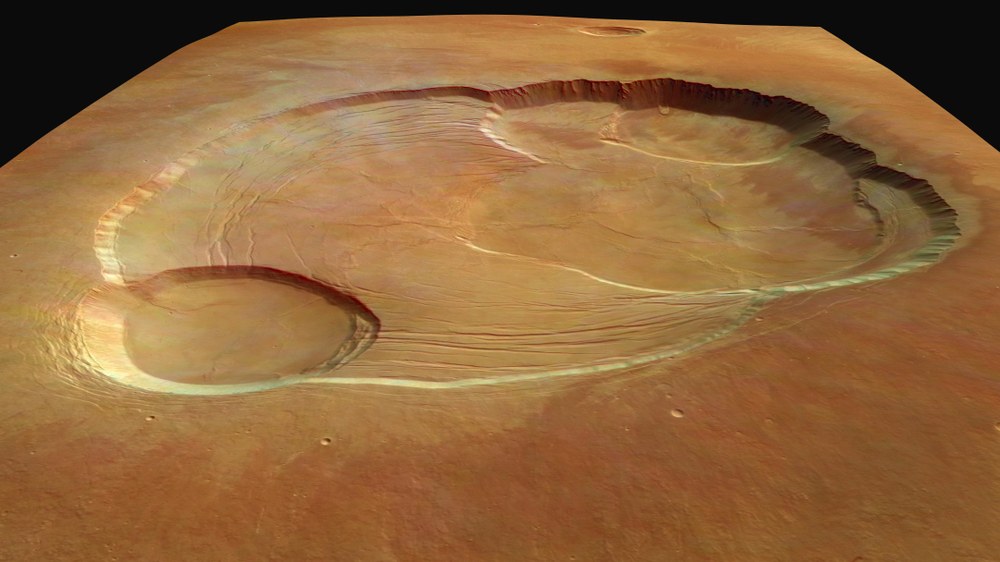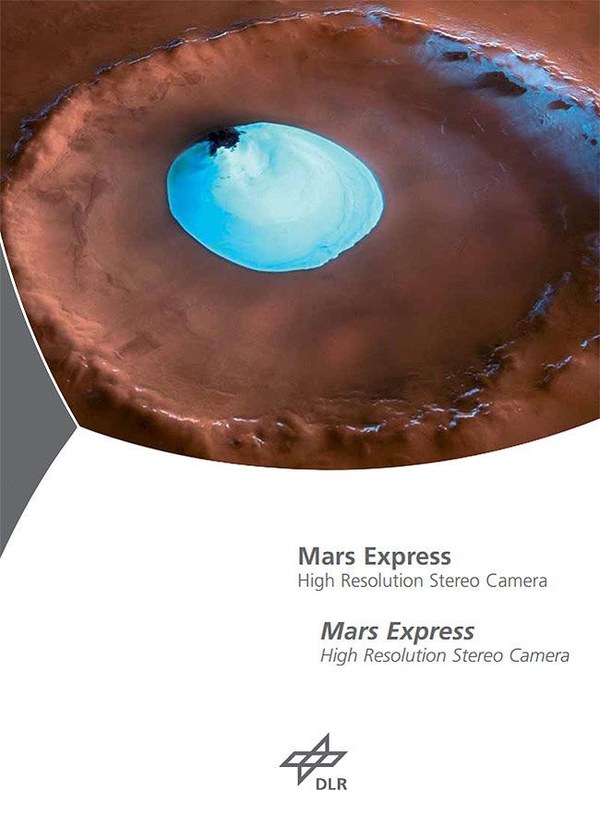Scientific highlights of the Mars Express mission


This success story began with the launch of a Soyuz carrier rocket from the Baikonur Cosmodrome in Kazakhstan that sent the Mars Express spacecraft on its journey to our planetary neighbour. Since then, a wealth of information about Mars, its surface, subsurface and atmosphere has led to a completely new view of the Red Planet.
The Infrared Mineralogical Mapping Spectrometer (OMEGA) has identified phyllosilicates (sheet silicates) on the surface of Mars. Such minerals are rich in iron and aluminium and arise as a result of the prolonged effect of water on volcanic rock. This discovery has led to a new view of the history of Mars; in its early days, at least, vast amounts of liquid water shaped its surface.
Using images from the High Resolution Stereo Camera (HRSC) operated by DLR, the HRSC team has determined that volcanism on Mars lasted for a long period of time, until the most recent geological past. Consequently the youngest lava concretions in the summit caldera of Olympus Mons are just 100 million years old. In fact, there may still be residual activity here and at a few volcanoes near the North Pole. Data obtained with the Planetary Fourier Spectrometer (PFS) also indicates that short-lived methane gas has been discovered and its concentrations mapped in the Martian atmosphere above volcanic regions. This leads to the assumption that Mars may still be geologically active today, as the methane might be generated and introduced into the atmosphere by volcanic activity present underneath the surface of Mars.
On HRSC images of areas at low to mid-latitudes - close to the equator - surface features that can only have occurred as a result of the action of glacial ice are recognisable. Evidence indicates three episodes of activity in the last 300 million years, the most recent of which may have taken place just four million years ago. An ice age at mid-latitudes is impossible in today's climatic conditions. Hence scientists presume that dramatic climatic changes must have occurred on Mars, since the inclination of Mars' rotational axis has undergone major fluctuations. This means that different climatic conditions might have been predominant at the equator and in other regions of Mars at other times.
Data from the MARSIS (Mars Advanced Radar for Subsurface and Ionosphere Sounding) radar sounder shows that layered sediments at the Martian North Pole consist of almost pure water ice. Meanwhile the OMEGA spectrometer has produced maps of water and methane ice deposits. Observations by Mars Express have proven that much more water exists beneath the surface of Mars in the form of ice, as was anticipated ten years ago.
The data obtained with ASPERA (Energetic Neutral Atoms Analyser) show that the solar wind penetrates deeper into the Martian atmosphere than was previously assumed (down to 250 kilometres). The loss of energetic ions as a result of this is relatively low. The loss of atmospheric constituents occurs in episodic ‘outbursts’, the cause of which is not yet understood. In the absence of a magnetic field, protons and helium ions in the solar wind penetrate the Martian ionosphere to a depth of 270 kilometres and cause planetary oxygen ions to be accelerated by the energy-rich particles and flow outwards. This occurs at lower altitudes and also with greater efficiency than was previously thought.
For the first time, clouds of methane ice have been discovered, investigated and imaged in the Martian mesosphere using the HRSC, OMEGA, PFS (Planetary Fourier Spectrometer) and SPICAM (Ultraviolet and Infrared Atmospheric Spectrometer) instruments.
The mission has also yielded a wealth of research results; particularly concerning the Martian moon Phobos. These results include the most accurate determination of its mass, its exact path and its volume and density, as well as the discovery of backscattered solar wind protons by the ASPERA instrument. Furthermore, the sharpest images to date of this moon have been captured, with a resolution of 4 metres per pixel. Among other things, these seem to confirm that Phobos is orbiting Mars faster and faster and is slowly getting closer to the planet, before it potentially breaks up as a result of tidal forces in 10-20 million years, colliding with Mars.


